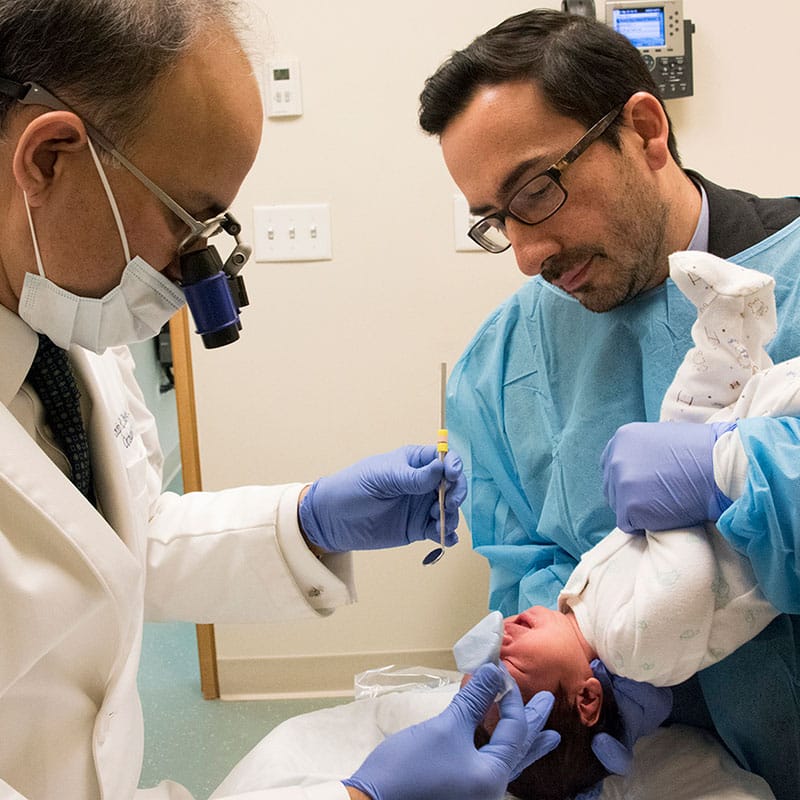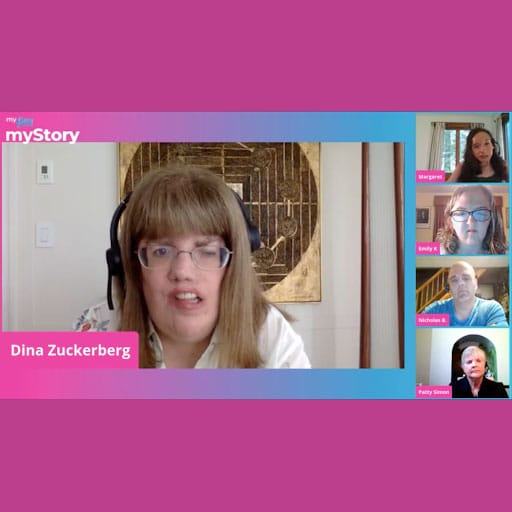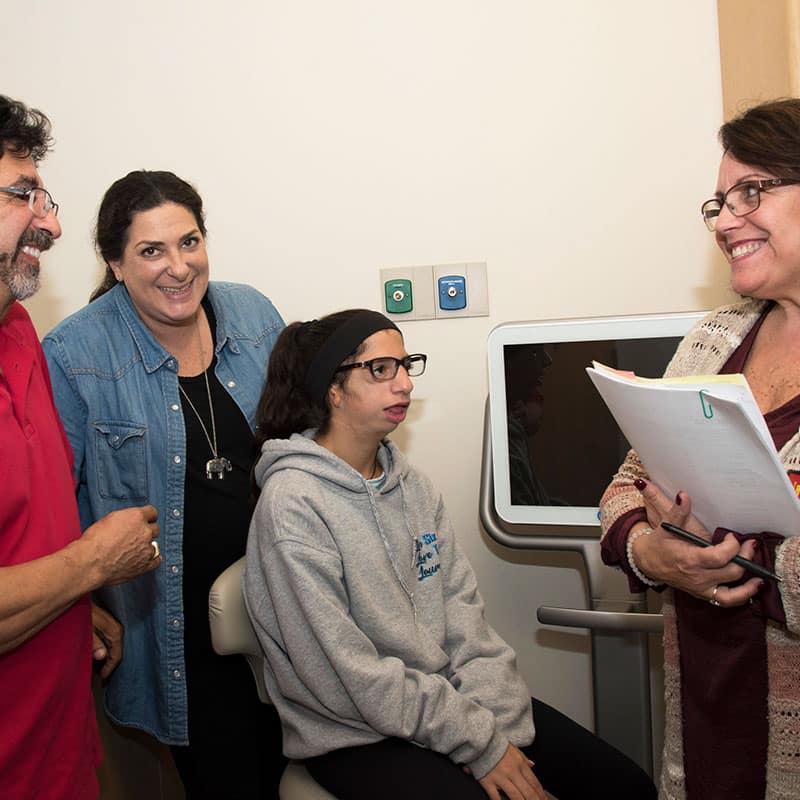Bilateral Sagittal Split Osteotomy (BSSO)
What is BSSO surgery?
A Bilateral Sagittal Split Osteotomy (or BSSO) is a type of jaw surgery where the lower jaw is separated from the face and repositioned. This repositioning is also called orthognathic surgery.
Some patients have a protruding jaw which will be set back using a BSSO. In other cases, the jaw can be set forward (if it is too far back) or set straight (if tilted to one side). This surgery is performed entirely inside the mouth so there is no visible scar on the face. A BSSO can be performed alone or in combination with an upper jaw or chin surgery.
Meet a member of the myFace community who went through a BSSO procedure.
The Process of a BSSO Procedure
Pre-Surgery
Before surgery, you will likely undergo orthodontic therapy in the form of braces. This therapy can take several months to perform, and it is an important part of your treatment plan. The orthodontist will straighten and position your teeth in preparation for surgery. Positioning your teeth in preparation for surgery can take some time however it is a required step that helps make your surgery successful.
Procedure
Once you are asleep, the anesthesiologist will put a small tube inside your nose which will provide oxygen during the surgery. An opening is made inside the mouth on the jaw just behind and to the side of your last teeth of your lower jaw. This opening will be about 3 inches long and the resulting scar will be entirely within the mouth.
The back part of the jaw, which is behind and under the rearmost teeth, will be accessed through this opening. This is the part of the jaw which will be separated. A cut is made along the top and side edges of the jaw. The purpose of these cuts is to separate the jaw in such a way that will create a broad overlap of bone between the cut surfaces.
Through the cut bone edges, bone separators called “osteotomes” are used to split the jaw. Once the bones are separated on both sides, the lower jaw can be moved into its new position. If the lower jaw is set back, a small strip of bone may have to be removed. The lower jaw is securely fixed into its new position using screws or a combination of plates and screws. In certain cases, the teeth may be wired together to help secure the lower jaw into place. The openings within the mouth are then closed with stitches that will slowly dissolve.
Watch Nurse Practitioner, Pat Chibbaro, of the myFace Center for Craniofacial Care at NYU Langone Health explain a BSSO procedure in detail:
Post-Op & Recovery
Swelling & Numbness
The BSSO can produce a lot of swelling. If the BSSO is combined with a surgery to the upper jaw, such as a Le Fort I, you will have even more swelling. The swelling should peak after 2-3 days and can be dramatic. It may be difficult to speak or drink normally. Most of the swelling will resolve after about 2 weeks. The lower lip may be numb on one or both sides of the face. This is usually temporary; however, it may take several weeks or months for the numbness to the lower lip to disappear.
Discomfort
Most of the discomfort you will experience after the surgery will be from the swelling of the face rather than the pain from the surgery itself. You will receive medicine to help with discomfort. Cool compresses to the face and sleeping with the face raised above the heart will also help decrease the swelling. Lip moisturizer is recommended to prevent drying of the lips.
BSSO Surgery Recovery
It is particularly important to listen to the surgeon’s and orthodontist’s directions regarding the types of foods you can eat following the surgery and when it is safe to eat them. Eating appropriate foods will help with the healing but eating hard foods too early can damage the surgery. As the swelling subsides, you will be able to move the jaw to a greater degree. Your orthodontic care will continue after surgery. This can take the form of rubber band therapy to help guide the lower jaw into the upper jaw. Braces may also continue for several months after the surgery. Speak to your orthodontist to find out your treatment plan.







